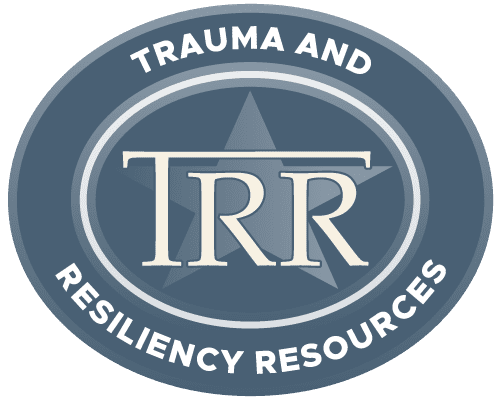What is an “archetype?” The term comes from combining two Greek words: arche which connotes “original,” and typos which connotes a “pattern.” When we ask “what type of person is she?” we mean “what sort of common patterns would one recognize in her way of being in the world.” An archetype represents a foundational image; one that crosses cultures to serve as a representative human experience. The Warrior archetype occupies a place in such representative experiences. Further, with an archetype comes an energy–a nearly electric current of life force that combines often with motivation, or, perhaps, inspires motivation. There comes with each archetype an archetypal “power” that energizes the activities for which the archetype has become an image, symbol, or icon.
Warrior energy. This energy brings a severe potency, for it motivates war fighting, destruction, self-sacrifice, and the defense of the innocent. Warrior energy brings on reckless abandon, and this comes on sometimes for no apparent reason and for no immediate purpose. A person who has taken up and/or been taken by Warrior energy becomes dangerous: dangerous to him-/herself and dangerous to others.
We often don archetypal energies in the context of liminal experiences that serve as transitional spaces between two or more aspects of reality. A liminal experience is a doorway from one sort of life space and another; a liminal space is a threshold. When we deploy our Warriors into combat, we create a liminal experience wherein a person moves from “home” through a transitional space to “battlefield,” and part of this transition involves taking hold of and being gripped by the Warrior archetype and the energy that comes with it. We place people in a position either to take up/surrender to the Warrior archetype, or to endure the shame of not stepping into that energy and thereby failing to fulfill the duty that comes with a call to arms. Most people, even if unconsciously, allow themselves to be embraced by the Warrior and the power that comes with this archetype.
However, only very rarely do people know what they are getting themselves into when they pass through the liminal space between home and battlefield. Very few people understand the ramifications of this transition; they suddenly find themselves in the realm of the Warrior, taken up by this energetic power. Yet, once the Warrior has taken hold of us and made us its understudy, the Warrior can become a cruel and destructive task master. It is not an energy to which we are intended to be subjected for long periods of time; certainly not permanently. Even those who identify themselves as Warriors are not actually at war ALL the time; at least they shouldn’t be.
Coming back through the liminal space that separates home from battlefield is supposed to be a ritualized “letting go” of the Warrior; we have taken hold of the Warrior and submitted to its demanding energy, but the return home is supposed to be a releasing of this archetype and its electric buzzing power of destruction. This is part of the Warrior’s return to the civilized realm of home.
But how do we let the Warrior go? Can we let it go? Can we escape its embrace?
Ancient Warriors were subjected to rituals that marked passage through the liminal space between home and battlefield and then back again, but we have become complacent here and we have let slip our connection to the numinous experiences of ritual. Archetypal energies are taken up and let go through numinous rituals that illumine liminal spaces with a light the comes from beyond the ego: the numinous is something beyond the human will that alters consciousness (A. Ulanov, Knots and Their Untying, p. 115), and from this realm of the numinous come archetypal energies.
The experiences of taking up and being captivated by archetypal energies and of letting go of and dispatching these energies must be equally numinous in nature. In other words, preparing citizens to serve as Warriors and preparing Warriors to once again serve as citizens must be equally potent transitional experiences. We do not do this well; the modern world does not see deployment in this way.
That which we call PTSD and Moral Injury represent the manifestations of damage done to the inner person within the context of war, and these wounds require rituals of healing and wholeness. We have a whole generation of people who have been indoctrinated into the Warrior archetype but who have never been taught how to let go of the Warrior when the warfighting concludes. When people get stuck in the Warrior archetype and have no way to dispatch the energy that comes with it, they remain imprisoned in a destructive energy that rips apart their inner lives and outer relationships to family, community, and nation. And to this, our nation responds by offering to our returning Warriors cocktails of experimental pharmaceuticals.
The human person requires a numinous liminal space in which to enact key transitions, and going to and coming from war is no different in this aspect than any other life transition. Warrior Camp® creates this sort of space (www.trrhelp.org/warrior-camp), and it is our hope that our returning Warriors can lay down the heavy burdens taken up by Warrior energy. To all those who have been taught, or forced, to take hold of this energy but who have never been been shown how to turn it loose, there are havens–sanctuaries–for you.
